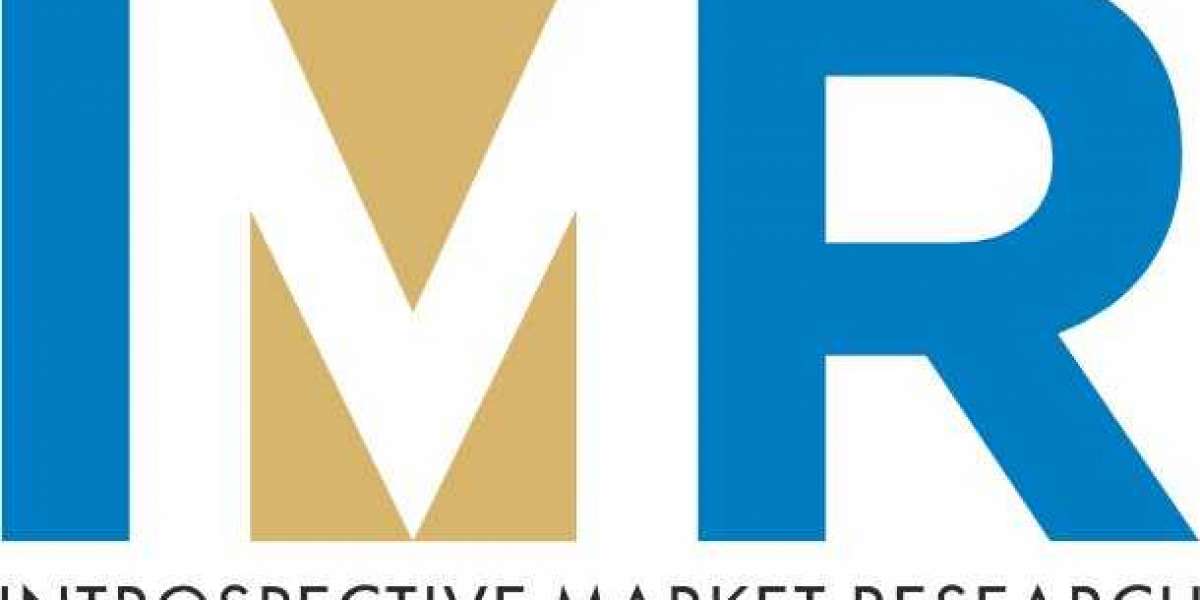Renewable sources currently meet around 26% of the world’s electricity demand, says the International Energy Agency (IEA). The agency goes on to estimate that between 2019 and 2024, the capacity of alternative energy plants will rise by 50%, with solar plants seeing much of this growth. The electricity generation capacity of solar plants would increase by 697–870 gigawatts (GW) during this period, as per the IEA. The major reason behind the increasing focus on renewable energy is that the burning of crude oil, natural gas, and coal at conventional power plants releases greenhouse gases (GHG), which are the root cause of air pollution.
As this is a fairly new technology, extensive research and development (RD) is being put in, in order to enhance its efficiency. As, how much power a dye-sensitized PV cell can generate depends on its structure, this has been the area of focus for RD departments around the world. Apart from the complete redesign of the structure, many such activities are also revolving around finding new materials, which are more cost-effective and can be locally sourced and those that have a better ability to convert sunlight to electricity, for their construction.
Dye-sensitized PV cells find application in building-integrated photovoltaics (BIPV), portable charging, embedded electronics, building-applied photovoltaics (BAPV), solar chargers, outdoor advertising, emergency power in military, wireless keyboards, and automotive-integrated photovoltaics (AIPV). Among these, the highest use of such power-generation equipment has been as BIPVs, as such cells are easy to install and lightweight and provide high power output relative to their weight. Moreover, they can be easily installed and retrofitted on louvres, rooftops, ceilings, glazed facades, and other parts of a building. In addition, they are cheap to fabricate and don’t require structural support, which makes their integration in buildings cost-effective.
Apart from the advantages of dye-sensitized PV cells, they are witnessing a rising demand around the world owing to the initiatives being taken by governments of various countries to increase their adoption rate. In many parts of the world, governments are offering tax incentives and subsidies to the buyers of such equipment. Moreover, users are also being provided feed-in tariffs, depending on how much electricity, generated from PV panels, they supply to the grid.
Around the globe, the most rapid advance of the dye-sensitized solar cells market is projected to be observed in the Asia-Pacific (APAC) region in the coming years. This would be a result of the growing initiatives by the government of India, China, Vietnam, and Thailand to increase the share of renewable energy, primarily that created from the sun, in the total amount of electricity being produced and supplied. Owing to the high industrialization and urbanization rates, APAC is one of the most polluted regions on earth, which is why the need for reducing the emission of GHGs is quite strong here.
Therefore, with further advancements in the PV technology and rising focus on clean power, the demand for dye-sensitized solar cells will continue mushrooming in the years to come.








